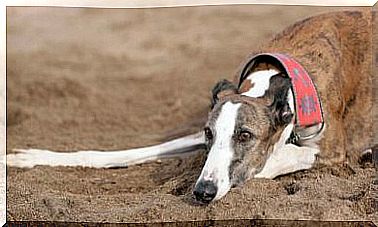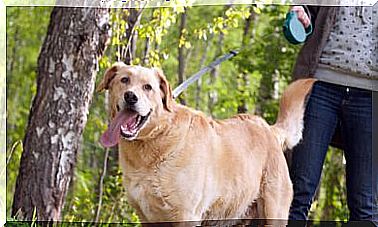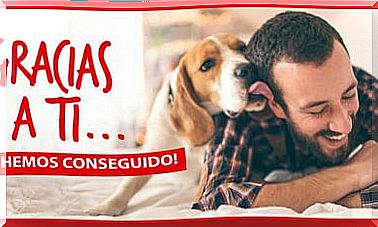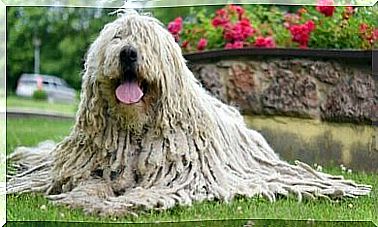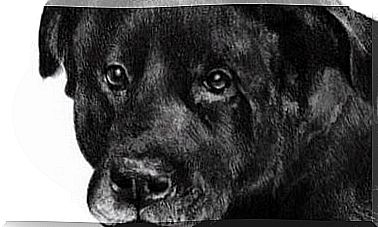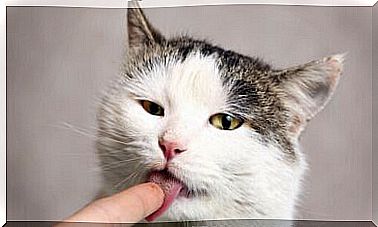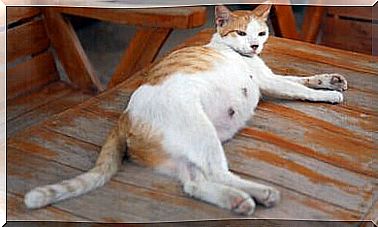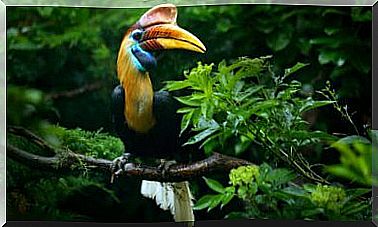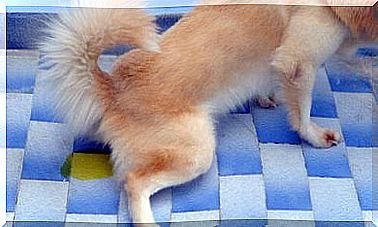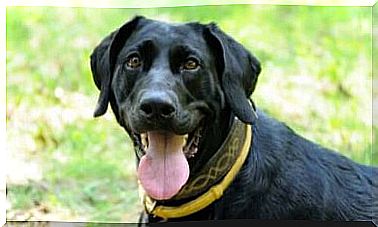Norwich Terrier: Meet This Dog Breed
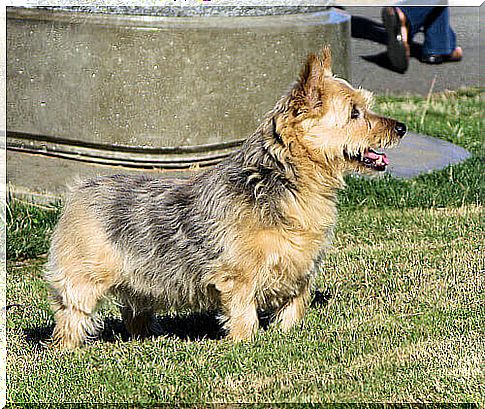
We know you’re familiar with dozens of dog breeds, but we also assume there are many you might not. That’s why we always like to talk about the characteristics of each one of them. This article, for example, is dedicated to the Norwich Terrier. I would like to meet you?
Everything you need to know about Norwich Terrier
Norwich Terrier Origin
This breed originates from the United Kingdom and was created with the objective of hunting small rodents. It is one of the smallest terrier dogs and the healthiest, although it is difficult to find as its litters are very small. Childbirth is usually done by caesarean section.
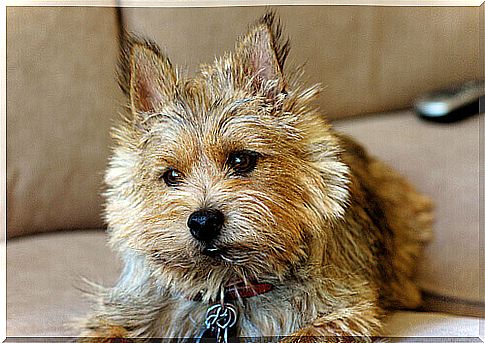
It has been around since the 19th century, and was used as a working dog in East Anglia, England. However, in a painting by Jan Van Eyck, which dates from 1430, some Norwich Terriers can be seen at the feet of a couple. They could be descendants of the Irish Terrier, a terrier also reddish in color, although they were not known until 1860.
At first they were called Jones Terrier and Cantab Terrier and were adopted as pets by Cambridge students. When the breed was recognized by the Kennel Club, dogs with drooping and erect ears were accepted. However, later it was discussed whether they should accept only those with drooping ears as being purebred.
For some time, they continued to allow both to participate in exhibitions, but in the year 1964 the races were differentiated. The droopy-eared dogs were called Norfolk Terriers.
Norwich Terrier Characteristics
The Norwich Terrier is small but has a lot of stamina. Its height at the withers is 25 cm and its weight is around 5 kg. The litters, as we said before, are small, approximately one to three puppies and, generally, the births are done by caesarean section. From the age of seven, these dogs are considered elderly, therefore, the age to breed must be from one to six years old.
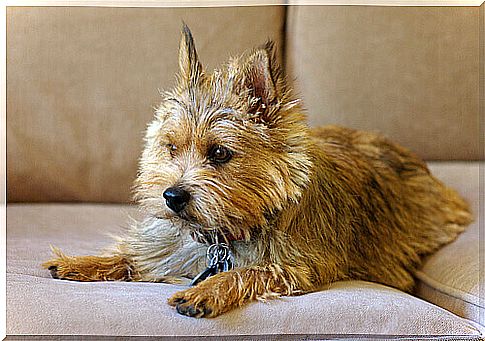
Their fur, divided into two layers, is reddish in color and tends to have knots. It’s a tough hair that will need the stripping technique to keep it in the best possible way.
Norwich Terrier Personality
They have an open and cheerful personality, are affectionate and curious. They are usually not aggressive, especially if they are socialized from an early age. They have a lot of energy, which makes them need a very active life.
Despite their size, their appetites seem endless and they are able to eat anything that gets in their way. However, this could be a danger, as if you don’t watch him, he may be overweight.
They are very familiar and home animals, so they should not be left outside the house even when they have their own house. They don’t usually bark, although if a stranger approaches they will let you know.
They are very affectionate with children and find it very easy to live with other animals. However, if these other animals are rodents, it is best to keep an eye on the Norwich Terrier. Don’t forget that it was created to hunt various types of rodents.
Norwich Terrier Care
One of the most important cares of this breed is, without a doubt, exercise. Both for what they eat and for their active life, they require regular exercise to avoid being overweight and other ailments.
Its fur is complicated to care for and, as we said earlier, the stripping technique will be needed to eliminate the dead fur and untangle knots.
As you can see, the Norwich Terrier is a small and very active animal that will need your time and energy to give it what it needs. Think about whether you’re up for it before deciding if you want one as a pet. If you are prepared then go for it! You will have a loyal and caring companion.
Image source: Harold and Dmitri Krakovsky
